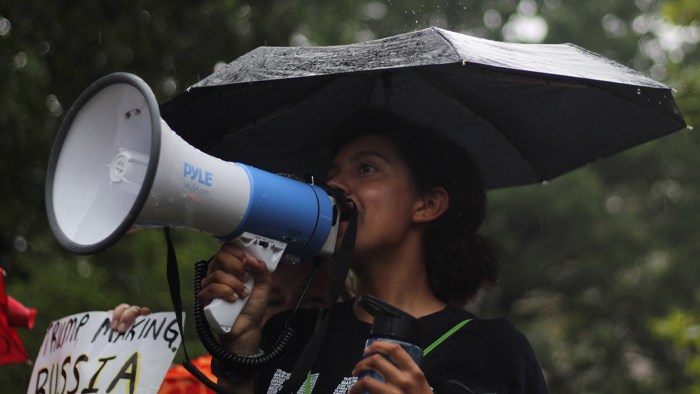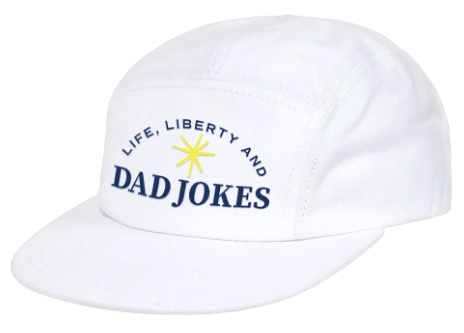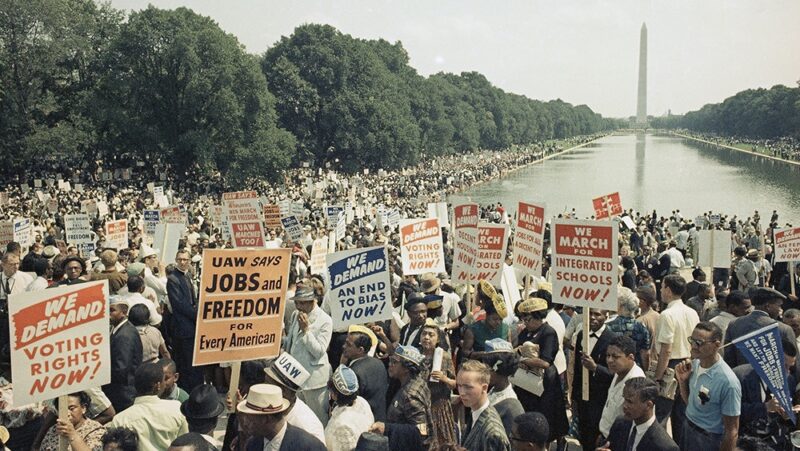The First Amendment Right to Protest Has Limits

We often use our free speech rights at the top of our lungs and in public spaces to protest loudly, proudly and prominently.
When we do that, the First Amendment protects us from government punishment or censorship for what we say or write, particularly on matters of politics and public affairs — generally. Still, not everything we say or do because of such speech is protected.
Over decades, legal guardrails have been set up that indicate where our free speech rights end and where government may be able to step in to penalize speakers or prevent protests and demonstrations. Those guardrails are deliberately limited.
Let’s start by noting the First Amendment offers no legal shield from criminal prosecution for violent acts, individually or as part of a mob, regardless of the cause we might promote or a political position we take. Violence is a crime.
Our free speech rights also do not protect incitement to imminent violence. The key here is a connection to an immediate threat to public safety. In a 1969 decision, the U.S. Supreme Court said there is no First Amendment protection for speech that is “directed to inciting or producing imminent lawless action and is likely to produce such action.”
A speaker who demeans a group of people to a crowd, and then points to someone and shouts “There’s one now, go get ’em!” steps outside of free speech protection. But when the violence takes place sometime later, or elsewhere, or the words are not so direct, prosecutors may find it difficult to establish such a direct link.
That task of linking words to actions will confront those who favor criminal charges for incitement against President Donald J. Trump for his Jan. 6 speech to supporters, who then moved the 16 blocks from his rally near the White House to Capitol Hill, where some then violently invaded the U.S. Capitol.
“After this, we’re going to walk down and I’ll be there with you,” Trump said. “We’re going walk down to the Capitol, and we’re going to cheer on our brave senators, and congressmen and women. We’re probably not going to be cheering so much for some of them because you’ll never take back our country with weakness. You have to show strength, and you have to be strong.”
Before Trump spoke, his attorney, Rudy Giuliani, called for “trial by combat.” The courts also have debated whether criminal charges around incitement can be brought for what is called “instructional speech” — for example, producing written materials advising on plans or offering tips to a group planning violent acts. In deciding not to review a lower court decision in 2002, justices offered differing views on whether such instruction could meet the “imminent lawlessness” requirement.
In November, the U.S. Supreme Court ordered a lower court to again hear a case involving DeRay Mckesson, a Black Lives Matter organizer who was sued by a Baton Rouge, La., police officer injured at a protest Mckesson organized in 2016. The lawsuit ultimately could have dramatic dampening impact on public protest if the courts decide organizers can be held personally liable for violence by anyone at an event, under the theory that organizers should have known it was a likely outcome.
What other legal issues swirl around protests and demonstrations?
Courts ruled during the anti-war protests in the 1960s and later that authorities cannot block or disperse protesters just because authorities have an unspecified concern about potential disorder, or because demonstrators are loud or offensive, or even if they temporarily disrupt traffic.
In 2011, the Supreme Court upheld the right to public protest on matters of public interest in a case involving a family-based Kansas church known for its controversial — many say repugnant — anti-gay protests at military funerals. The Westboro Baptist Church was sued by the parents of a U.S. Marine who died in Iraq, claiming intentional infliction of emotional distress.
Chief Justice John Roberts wrote that such protest was protected by the First Amendment: “Speech is powerful. It can stir people to action, move them to tears of both joy and sorrow, and — as it did here — inflict great pain … we cannot react to that pain by punishing the speaker. As a nation we have chosen a different course — to protect even hurtful speech on public issues to ensure that we do not stifle public debate.”
At times, authorities seek to simply ban all public events. Washington D.C. Mayor Muriel Bowser has asked the U.S. Interior Department to cancel all permits for “public gatherings” in the city, citing both the Capitol riot and COVID-19 health concerns. In dealing with the pandemic, local and state officials nationwide have placed limits or banned a variety of group events, protests and religious services. Health officials cite a 1905 Supreme Court ruling that upheld the government’s quarantine (and vaccination) powers.
A guiding principle in the nation’s history is that government at any level can only infringe on our First Amendments rights by showing an overriding need, such as an immediate threat to public safety, and then only in ways that are the least possible intrusion for the shortest time required to meet the need.
We need to be alert and demand that authorities balance public safety and First Amendment rights in the upcoming days and weeks. The core freedoms that protect us cannot be left unprotected by us.
Gene Policinski is a senior fellow for the First Amendment at the Freedom Forum. He can be reached at gpolicinski@freedomforum.org.
20 of the Most Famous Protests In U.S. History
Chilling Effect: Discouraging the Use of Our First Amendment Freedoms
Related Content
Here to top your best dad joke.


